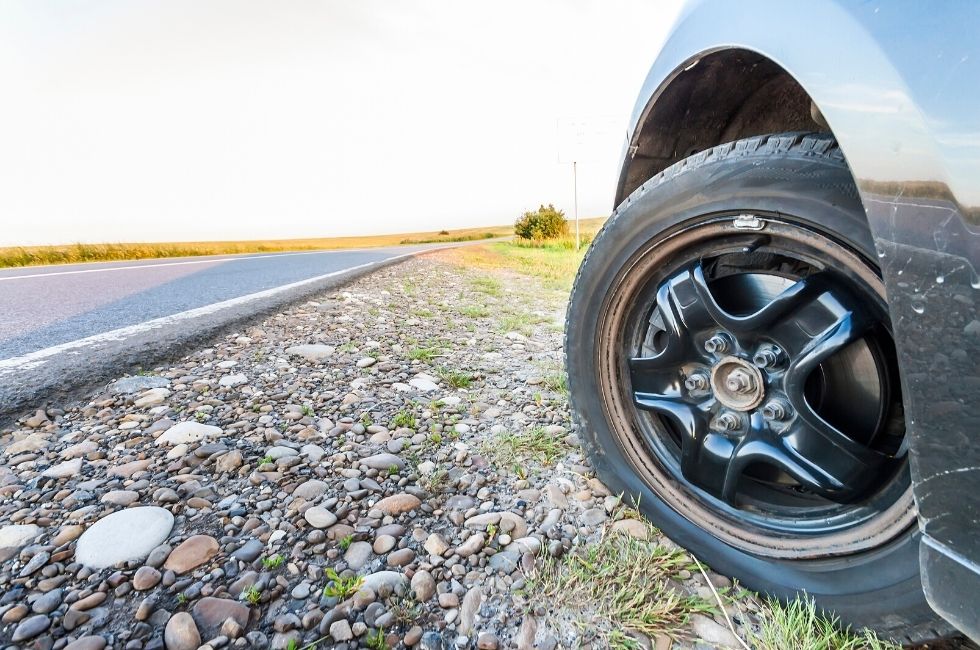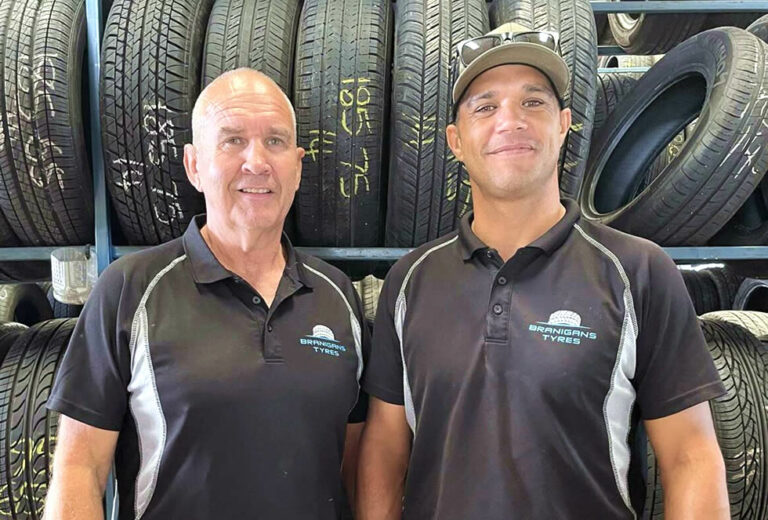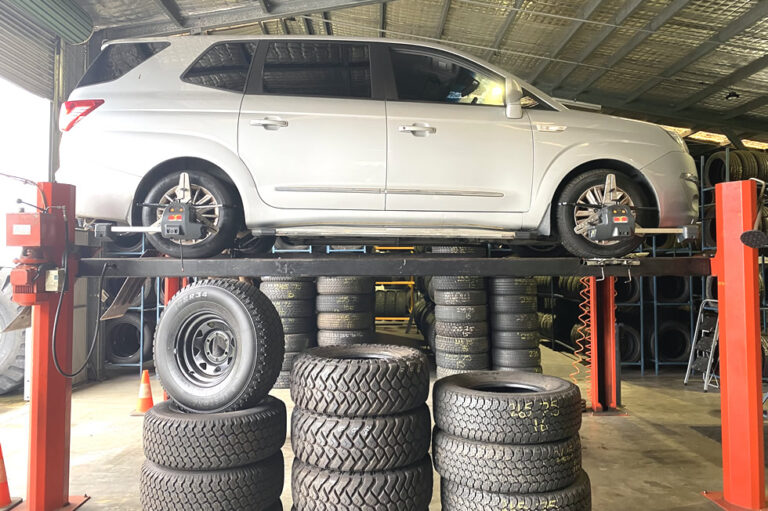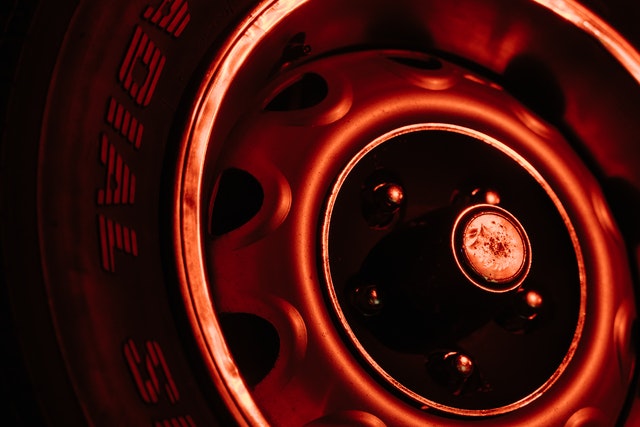Tyre punctures and blowouts are the reason why most vehicles get into accidents. They happen so unexpectedly, that one may wonder if they can be avoided.
When it comes to punctures, usually caused by sharp objects on the road, a vehicle can still be driven for a short distance with the puncture before the tyre completely deflates. However, a puncture can also result in a blowout, which happens when there is an immediate release of air in the tyre.
How to Know If a Tyre is Flat or Has a Slow Puncture
In most cases, a good sign to look out for while driving is if the car drifts or pulls in one direction. This is an indication that one of the tyres has a puncture. However, with run-flats, it may be harder to detect punctures as these types of tyres allow them to be used without air for a short distance. Hence the importance of checking one’s tyre pressure as frequently as possible.
In the case of tyre blowouts, which is honestly the most stressful for most drivers, the trick is to be cognizant of what happens before, during and after experiencing a tyre blowout. So, before the tyre blowout happens, the driver needs to be aware of the state in which the tyres were before the journey started.
For example, if the tyres were over/under-inflated. During a tyre blowout, it’s imperative to be aware of any potholes or any sort of impact that could have caused the tyre blowout. Finally, after the tyre blowout has happened the driver needs to find the nearest safe spot to park and do further assessments of the affected tyre, then call for help.
A few more signs that a tyre has a puncture include the shuddering of a vehicle’s wheels and heavy steering or difficulty in steering the vehicle.
Safety Tips in Case of a Tyre Puncture or Blowout
When faced with the terrors of a tyre puncture and blowout, applying these tips can help any driver bring a vehicle to a controlled stop, without panic and without risk of causing road accidents.
– Both hands must be kept on the steering wheel and any sudden movements or steering should be avoided.
– The driver needs to reach for the hazards button to alert other drivers of the situation.
– Acceleration should not be stopped abruptly. Instead, this should be done slowly to maintain control of the vehicle.
– Brakes should be applied slowly to bring the vehicle to a stop. The instinct of any driver is to slam the brakes. This is what causes the vehicles to swerve and even results in some cars flipping over, which is what we’re trying to avoid here.
– Park the car and contact emergency roadside assistance. Do not try to drive to a service station as this can put the driver as well as other motorists in danger.
Drivers can avoid punctures and blowouts to a certain extent. It’s important to make a habit out of monitoring a vehicle’s tyre pressure. This sounds like too much admin, but it is quite necessary. Some helpful advice would be to include tyre checks in fuel stop to-do lists.
Every time we stop to refuel a vehicle, the tyre pressure needs to be checked. Wheel alignment also needs to be checked on a regular basis since this affects overall tyre wear.
For further information, visit or call Chris and his team at Second Hand Tyres Gold Coast |Branigans Budget Tyres by contacting the Service Centres in Burleigh Heads (07) 5535 2660 or Southport (07) 5591 8633.
Syndicated by Baxton Media, The Market Influencers, Your Digital Marketing Agency.







